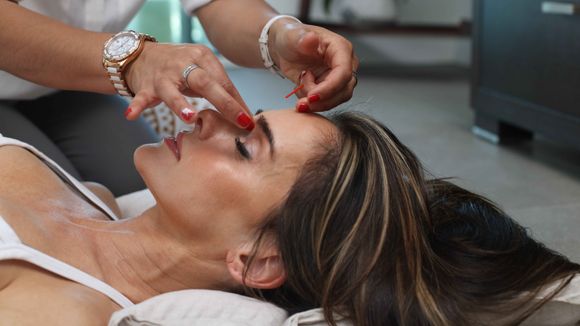Botanical Information
Angelica root, scientifically known as Angelica archangelica, is a biennial plant belonging to the Apiaceae family. Native to Europe and Asia, this plant has been traditionally used for its medicinal properties. The root, stems, and seeds all have therapeutic uses, but the root is the most potent part of the plant. With a sweet, earthy aroma, it is commonly used in traditional medicine, culinary arts, and skincare products.
Recipes for Angelica Root Infused Skincare
Angelica Root Oil
Ingredients:
- 1/2 cup of dried Angelica root (Angelica archangelica)
- 1 cup of carrier oil (e.g., almond, jojoba, or olive oil)
Preparation:
- Fill a jar with the dried Angelica root.
- Pour the carrier oil over the root, ensuring it is completely submerged.
- Seal the jar and let it sit in a cool, dark place for 2-4 weeks, shaking the jar daily.
- After the infusion period, strain the oil through a cheesecloth, discarding the root.
- Store the oil in a clean, airtight container and use it as a massage oil or add it to your favorite skincare products.

Photo by Content Pixie on Unsplash
Angelica Root Face Mask
Ingredients:
- 1 tablespoon of dried Angelica root powder (Angelica archangelica)
- 2 tablespoons of raw honey
- 1 tablespoon of plain yogurt
Preparation:
- In a small bowl, mix the Angelica root powder, honey, and yogurt until a smooth paste is formed.
- Apply the mixture to your face, avoiding the eye area.
- Leave the mask on for 15-20 minutes, then rinse off with warm water.
- Pat your face dry and follow with your favorite moisturizer.
Anticancer Properties
Angelica root has shown potential anticancer properties. A study published in the Journal of Ethnopharmacology (doi: 10.1016/j.jep.2012.12.008) revealed that the essential oil from Angelica root exhibited cytotoxic effects on various human cancer cell lines, suggesting its potential use as a natural cancer treatment.
Questions and Answers
Q: Can I use fresh Angelica root instead of dried for the recipes?
A: Yes, you can use fresh Angelica root. However, it might have a higher moisture content, which may affect the shelf life of the final product.
Q: How often should I use the Angelica root face mask?
A: We recommend using the Angelica root face mask once or twice a week for optimal results.
Q: Can I use Angelica root if I have sensitive skin?
A: While Angelica root is generally safe for most skin types, it is always a good idea to perform a patch test before using any new skincare ingredient. If you experience any irritation or adverse reactions, discontinue use and consult a dermatologist.
Q: Where can I find dried Angelica root or Angelica root powder?
A: Dried Angelica root and Angelica root powder can be found at most health food stores, herbalist shops, or online retailers specializing in natural products.
Q: Can I combine Angelica root with other botanicals for skin care purposes?
A: Yes, you can combine Angelica root with other beneficial plants like lavender, chamomile, or calendula to create personalized skincare products. Make sure to research the properties of each plant and perform a patch test to ensure they are compatible with your skin type.









